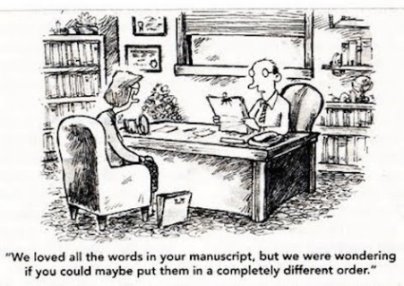A B Endacott is the author of three books, Queendom of the Seven Lakes, King of the Seven Lakes, and The Ruthless Land. All three are independently published.
In my previous article, I discussed the reasons which lead me to self-publish rather than persist through the exhaustive pitching process to find an agent or publisher. But once I made the decision to self publish, I had to actually get the manuscript ready for publication.
If you google ‘Amazon self publish’, you will be assailed with a tidal wave of results, most of them offering you advice. Much of the advice is common; “make sure your manuscript is properly formatted”, “hire a professional to do your cover”, “don’t do it all yourself!” Moreover, much of this advice comes with a price tag attached to it.
But the reality is that everybody’s journey is slightly different. This is my experience of taking my manuscript from a simple file on a computer to something which is available on Amazon, and the most significant elements I encountered along the way.
Cover
There is an entire Tumblr devoted to terrible DIY job covers; as indeed a HuffPost article outlines. I knew that it was important to have someone who knew what they were doing, and had a skill set beyond mine actually making my cover.
My cover designer, Marcus, and I work very closely on all of my covers, although I ultimately tend to defer to his opinion and vision. The one thing I was particularly definite about was that I wanted a cover which, while still conforming to the elements of a fantasy cover, was definitively different.
This was a really important part of my marketing strategy (more on that a bit later), because I wanted covers which stood out amid fantasy covers which tend to look quite similar. Indeed, I have told people blatantly that I don’t care if they like or dislike the cover, provided it’s distinguishable. Certainly, when my local bookstore agreed to stock my books, I was really gratified to see how they stood out on the shelves. Given I’m a relatively unknown author, having something which distinguishes my work sufficiently to prompt someone to actually further investigate the book, is really important. This is probably the most important decision I made, and I absolutely don’t regret it.
Such a dream come true to see my books on the shelves of my local Dymocks – a store which I have held up as my favourite place on earth – for as long as I can remember.
Thank you so much @dymcamberwell !!!#writerslife #bookstore #amwritingfantasy pic.twitter.com/qs4NKEyHzV— A.B Endacott (@ajendacott) August 9, 2018
Editing
I made what some may call a risky decision. I edited Queendom myself. It was an arduous process in which I spent several weeks of torture reading the manuscript aloud in order to pick up on significant issues of flow. The decision was one I didn’t make lightly, but I figured if people liked what I did and only criticised issues of editing, then I knew that I might actually have a future in writing and I could hire an editor for the subsequent books.
Well, fortunately for me, people liked what I did. Although, despite my best efforts, several errors slipped. My saving grace is that KDP allows resubmission of manuscripts, so the current version available online is mostly error free. More importantly though, I subsequently engaged an editor. Not only does it mean that I don’t miss errors that then make it through to the final copy, but he also points out when what I’ve written just doesn’t quite make sense or requires something more (or something less). Not only does this make the quality of the final product higher, but it also has meant that I don’t need to read aloud the entire book to myself (only the bits where I know something’s wrong but can’t quite pinpoint it). Thus, my sanity is also preserved.
Everybody says get your manuscript professionally edited for a reason. I just didn’t expect that reason to be also for the benefit of my sanity.
Formatting
You may think that e-books don’t have to be formatted, but you’d think wrong. Ensuring that chapter headings, and even first paragraphs, are formatted within the correct styles is not necessarily a must, but it means that when it gets sent out to the various e-readers of the world, it looks the same to them as on the screen in front of me.
And that’s not to mention the formatting required for paperbacks. The first paperback formatting for Queendom had the text quite close to the margins of the page, which didn’t look particularly professional. Again, that fact that I could upload a new version was great, because it means that the currently available version of Queendom’s paperback is properly formatted. Here are the guidelines for KDP, if you were interested in what they require.
In essence, mostly advice columns/books/blogs advise people pursuing the indie route to outsource formatting. I did, and it removed what I know would have been a significant headache for me.
The Upload
Oh my goodness, the upload itself is a headache. The parameters for the cover can be difficult (especially for the paperback), and sometimes the proofing process can reject what you submit on the basis of odd metadata issues. Choosing the right tags can be a nightmare too, as there isn’t really a handy guide for choosing what the best genre tags actually are.
Moreover, synchronising launch and social media posts can be tricky, too, as ‘it can take up to 72 hours for the book to be approved’ and go live after you press the ‘publish’ button.
Only with The Ruthless Land did I realise that I could upload everything in advance, make the book available for preorder, and that meant that the book would simply go live on midnight, which meant I could easily tailor a marketing strategy around it.
Marketing
This is definitely the big one. I could write a whole blog post on it, but I won’t (let me know if you would like me to, though). You can write the best book in the world, but if nobody knows that it exists, it will never be recognised. Generally, the amount of money you put in to advertising reflects what you get back in terms of reads, sales, and reviews.
NetGalley was where I put Queendom—for a hefty fee. However, it netted a significant number of reviews for Queendom, and also put me in touch with future readers who I can contact and offer a free copy of upcoming works in exchange for an honest review.
The other decision I made (and there is extended debate over whether or not this is the right move) was to make my work exclusive to Amazon and thus enrol it in KDP select. This means that anyone who is subscribed to Amazon can read the book for free, and I get paid (a very small amount) per page read. Moreover, enrolment in KDP select means you can run promotions for five days every 90 days. However, the free promotions alone aren’t going to do anything; you have to market. In the first free promotion, after hours of research (Paid Author was a goldmine for information), I advertised across five or six different sites, which got me about 5,000 downloads across those days. Queendom held the #1 spot in two top 100 categories on Amazon for three days.
But realistically, marketing and promotions are a question of trial and error, and the only way to learn what works is to do a lot of research, and then try it for yourself. And the truth is, that goes for almost every part of the independent publishing process.
Queendom came out nearly a year ago. In the interim months, I’ve released its sequel, King of the Seven Lakes, a standalone in the same world, The Ruthless Land, and I’m preparing the first a new series (also in the same world) for publication in late November.
What are my reflections on the entire process? Well, like any good author, I’m going to leave you waiting for to read the next instalment to find out.















One Comment